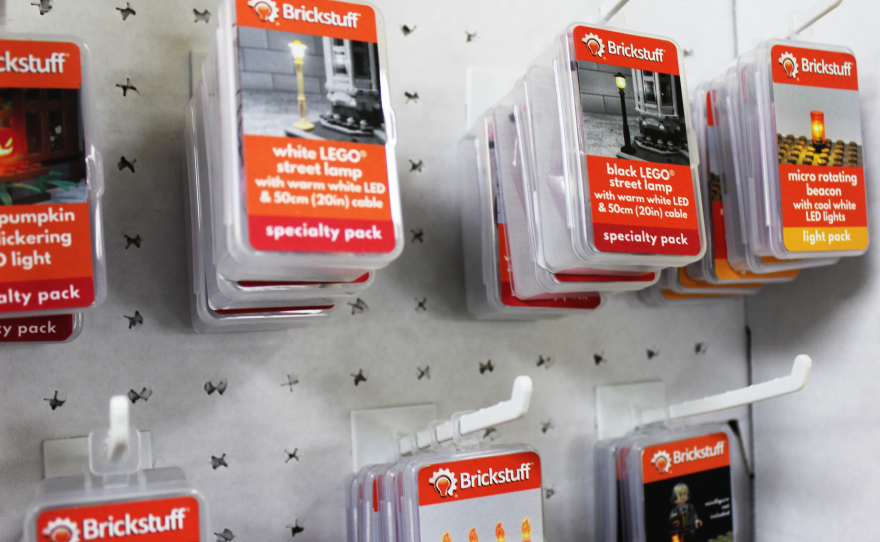On a cold January morning, a group known as ICT-LUG — or the Lego User Group — meets inside Bricks and Minifigs, a retail shop in northwest Wichita that caters to the brickbuilding crowd.
They are finalizing officers and showing off the Lego displays they’ve been working on that month.
“We don't talk about politics, we don't talk about religion — we talk about brick building, we talk about our passion,” said ICT-LUG co-founder Will Rapp. “And so that's the beauty of it, is that it's about respect, about learning from each other, and just creating the things that put smiles on on people's faces.”


Rapp initially got into Lego to spend time with his child. It helped them bridge interests with each other.
“It was family-bonding time; it was an opportunity for us to do something that we shared. I was big into sports as a kid and an adult, but sports was not their thing. Star Wars became one of their passions.
“Coming together with with Lego bricks, I was able to do some things and some builds that were in the sports realm, and they did some builds that were in the Star Wars.
“But then together … we found a way to share that expertise.”
After attending some conventions, Rapp realized the power Lego had to bring people closer. He then organized the local chapter of LUG to bring Lego enthusiasts together.
“In that group, we have folks that are engineers, folks that are into aircraft,” Rapp said. “We've got train builders, landscape folks, Star Wars fanatics, micro builders … One of our members is really into the Friends series and does a lot of that.”


Among the group is member Tony Gatlin, a military veteran who found a therapeutic use for the hobby.
“Lego really helps me with the anxiety that comes with PTSD because when I'm building, intrusive thoughts stay out of my mind,” he said. “And then, secondary to that, over time, it starts to rewire the neural pathways.”
Another member of the group, Ian Villanueva, said his builds are inspired by architecture from around the world. While the hobby can be expensive, some of the sets – as well as specialty bricks – are known to retain value.
“That's what drew me to the creation of Lego, as opposed to more traditional forms of art, is that … if I pour $500 into buying all this stuff, I'll still have it,” Villanueva said.


Bricks and Minifigs franchisees Jim and Carol Lindner said they initially opened their shop to show their kids that they can turn what they love into a career.
“We wanted to be a part of a business to where we can teach our kids at a young age some basic principles about business,” Jim Lindner said. “And it seemed what better way to do that than to do that with Lego?”
“It's not just a store that sells products, but we also work with other people who have used their creativity to come up with another product that can be compatible with Lego,” said Carol Lindner. “So … our kids can see … it doesn't have to be just … in a box. They can create something else and still make a career out of it, whether it's Lego or … something beyond that.”
If you’re interested in getting into Lego as a hobby, Rapp has some advice for newcomers.
“Don't be intimidated by anything else that others are doing,” he said. “Just know that whatever you do, however you want to use the bricks and the hobby, is up to you as an individual, and know that … your knowledge and your experience and your skill grows over time.”







